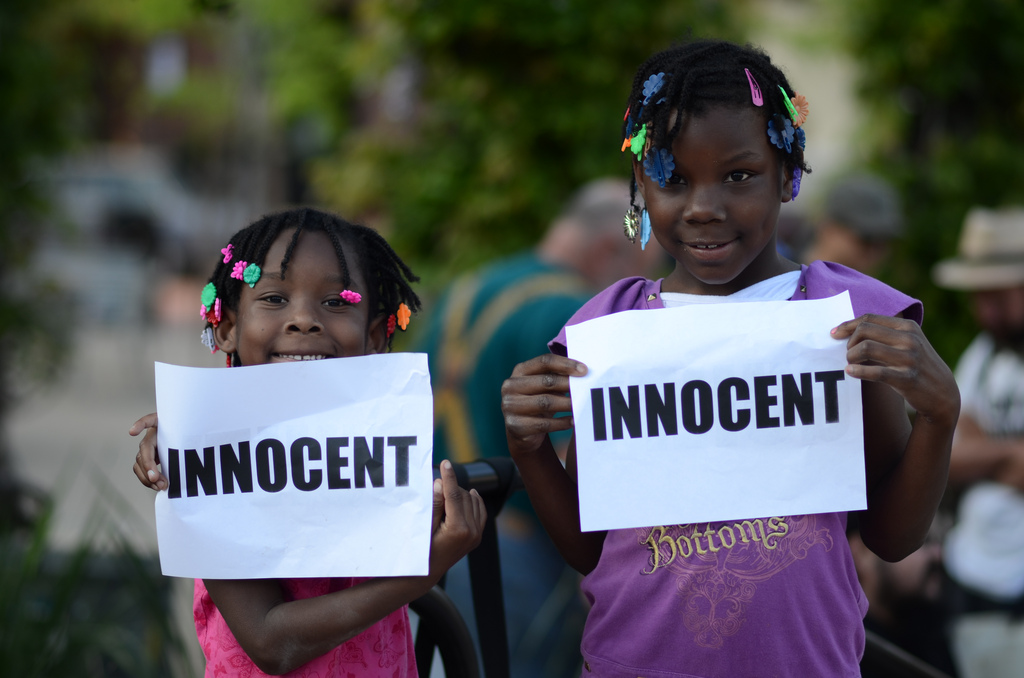A recent video from a school in Texas showcased a brutal assault by a school police officer on 12-year-old student Janissa Valdez. Quite appropriately, it sparked an outcry over the state of school discipline.
These images, while shocking, are nothing new. From the handcuffing of 6-year-old kindergartener Salecia Johnson for unruly behaviour in Georgia to the violent body-slamming of a 16-year-old student in South Carolina who refused to put away her phone, oppressive school discipline techniques are increasingly becoming the norm.
According to Monique Morris — the author of Pushout: The Criminalization of Black Girls in Schools — these highly publicized cases represent a mere fraction of the wider systemic discrimination experienced by girls of color in the U.S. education system. These practices are turning kids out of school and towards contact with the juvenile justice system — a phenomenon known as “pushout,” from which Morris’s book takes its title. The egregious criminalization of children in the classroom is a grim reality for students caught up in what’s been termed the school-to-prison pipeline.
While the impact of discriminatory school discipline on boys has been better documented, there’s a growing recognition of the unique vulnerability of black girls to this school pushout as well.
Indeed, black girls are the fastest growing segment of the juvenile justice system and face discriminatory school discipline at a starker level than even black boys. Black girls receive suspensions at a rate of 6 times that of white girls. They account for 16 percent of students but 34 percent of girls arrested on campus, and they’re far more likely than their white counterparts to be disciplined for subjective behaviors such as “defiance” and “disrespect,” particularly when the teacher involved is white.
A popular racist caricature of black girls as loud and unruly forces girls of color to adapt their behavior to conform with notions of white femininity. In order to succeed in the classroom and avoid negative perception by teachers, these girls are continuously asked to suppress their identity as black women.
That’s no exaggeration: There’s been a recent spate of disciplinary procedures instigated against black girls choosing to wear their natural hair to school. This saw a 12-year-old Florida student facing expulsion in 2013 and just this year gave rise to the #SupportthePuff movement after a similar case in the Bahamas.
White teachers in predominantly minority schools have reported a perceived “racial threat” which can and does lead to the escalation of disciplinary matters. Teachers’ biases and the cultural gap between white teachers and black students are important factors in understanding the growth of this problem, which is exacerbated tremendously by the presence of police officers in schools.
Immediate recourse to punitive measures is serving to further victimize these girls, many of whom have already been subjected to trauma in their lives. Black girls of school age experience a disproportionate rate of interpersonal violence.
Restorative models of discipline are gaining increasing support among advocates in this area who note their unique value in the case of girls. As part of a wider policy and practice, these practices are essential to stem the flow of black girls from school into the juvenile justice system.
